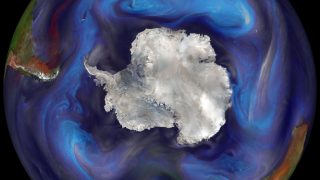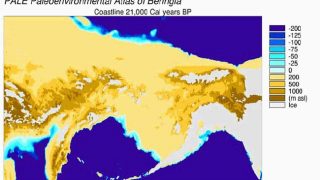
Je ne regrette rien (1): On the neuropsychology of free will
One of the most classical problems in philosophy is the existence and nature of free will. Though the growth of our scientific knowledge about the brain, and about the universe in general, is making the notion of ‘free will’ less and less tenable, it seems that the major difficulty becomes to reconcile this idea with […]








